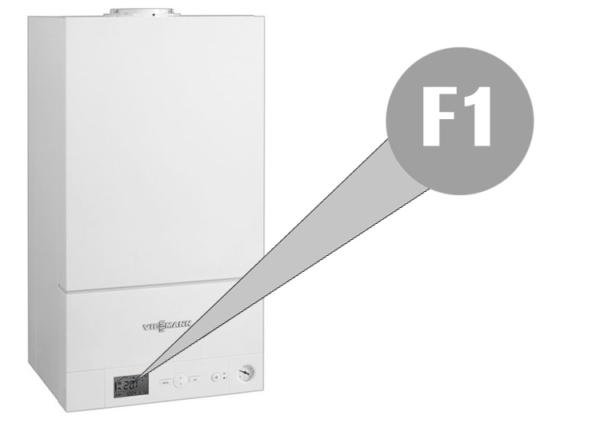
Boilers have become an integral part of many households, providing the much-needed warmth and hot water in the colder months. Among the many popular choices in the market, the Logic Combi 30 stands out for its efficiency and user-friendliness. However, as with any machine, there are instances when it encounters issues. One common error that has caught the attention of many users and technicians is the Error F1. This article provides an in-depth analysis of the Logic Combi 30 Boiler Error F1, delving into its causes, implications, and solutions.
Understanding Error F1: What Does It Mean?
At its core, the F1 error in Logic Combi 30 boilers indicates a lack of water pressure within the system. Boilers function by circulating hot water throughout a closed system. For this circulation to occur seamlessly, a certain level of water pressure is required. Should this pressure fall below the minimum threshold, the boiler’s internal mechanism identifies this discrepancy, triggering the F1 error code.
Causes Behind the F1 Error Code
Several factors can lead to the onset of the F1 error in the Logic Combi 30 boiler. Some of the most common causes include:
- Leakages: A small leak, even if it’s not immediately visible, can cause a significant drop in water pressure over time. These leaks might be in the boiler itself or in the connecting pipelines.
- Air Pockets: Air can sometimes get trapped inside the system, forming pockets that impede the flow of water. These pockets can reduce the overall water pressure.
- Faulty Pressure Valve: The pressure relief valve is responsible for maintaining and regulating the system’s pressure. If it malfunctions, it might fail to keep the pressure at the requisite level.
- Recent Repairs or Maintenance: If the boiler has recently undergone maintenance or some repairs, there’s a possibility that the system hasn’t been re-pressurized correctly.
Implications of Ignoring Error F1
Ignoring the F1 error can lead to severe consequences. The immediate implication is that the boiler may fail to heat the house or provide hot water. However, the long-term implications can be more severe:
- Damage to the Boiler: Running the boiler with consistently low pressure might damage its internal components.
- Increased Energy Consumption: A boiler running on low pressure is likely to work harder to provide the necessary heating. This increased load can lead to higher energy consumption.
- Safety Concerns: Boilers are designed to operate at specific pressures. Operating them outside these safe margins can be hazardous.
Resolving the F1 Error
The following steps can be taken to resolve the F1 error:
- Check for Visible Leaks: Scan the boiler and its connecting pipelines to ensure there’s no visible leakage.
- Re-pressurize the Boiler: Most boilers have a clear set of instructions on how to re-pressurize the system. It usually involves opening a filling loop valve until the pressure gauge reads within the green or safe zone.
- Bleed the Radiators: This step can help remove any trapped air pockets. Using a radiator key, slowly open the radiator valve to let out any trapped air.
- Consult a Technician: If the DIY methods don’t resolve the issue, it’s prudent to consult with a certified technician who can identify and address the root cause.
In Conclusion
The Logic Combi 30 Boiler Error F1, while common, is an issue that requires immediate attention. Regular maintenance and being vigilant about potential issues can prevent such errors from occurring frequently. Always remember, a well-maintained boiler not only ensures a warm house but also contributes to energy efficiency and safety.